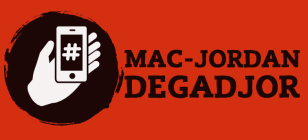Google has created an artificial intelligence solution to assist individuals in deciphering and interpreting medical providers’ handwriting.
Google has developed a new technology that uses machine learning to help read and interpret doctors’ handwriting, making the process more efficient.
At its yearly gathering in India, Google demonstrated how the feature could interpret the handwriting from a photograph uploaded by the user and draw attention to the medication that needs to be acquired. This may not fully replace handwritten instructions, but it will make life somewhat simpler.
The research prototype, which is not yet available to the public, allows users to capture a picture of the prescription or upload one from their photo library. During a demonstration by a Google executive, the app was capable of processing the image and detecting and emphasizing the drugs mentioned in the prescription.
“This will act as an assistive technology for digitizing handwritten medical documents by augmenting the humans in the loop such as pharmacists, however no decision will be made solely based on the output provided by this technology,” the company said.
How Will This Took Work?
At the conference, a Google executive demonstrated the new feature of Google Lens which will allow users to either take a photo or upload one from the photo library of their prescription. Once the image is processed, the app will detect and emphasize any medications referenced in the note.
Google Lens, an AI-powered multipurpose object recognition tool, has been utilized to detect objects and translate languages. As the company announced, they highlighted that India has the world’s highest user base for Google Lens.
Despite this, there is no concrete information concerning when the new text deciphering feature is expected to be released. The feature is still in its developmental stage with much work yet to be completed before it can be used in real-world scenarios.
Google For India
Google for India is an annual event in the South Asian region where the company displays various new products. The organization also revealed that it is creating a single, unified model to support over 100 Indian languages for speech and text to enable the digital journey of the next wave of users in the South Asian region.
The tool is still in the process of being developed, and the date of its release has not been revealed yet.












